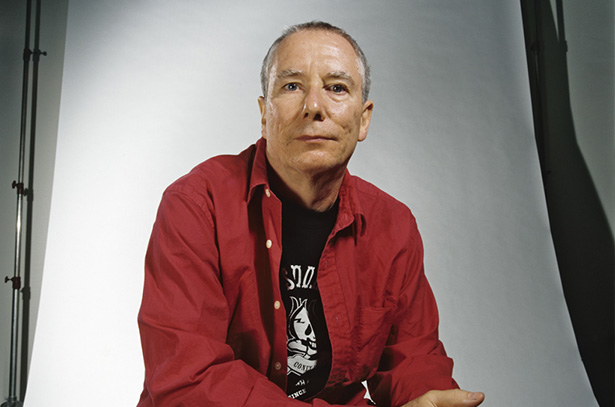
Mike Kelley Book Lab
23 Sep - 19 Nov 2016
Past Exhibition
London
About
Focusing on the work 'Framed and Frame' (1999), the materials presented explore the place of printed matter in Mike Kelley's creative process and his wider practice. In a 1994 interview Kelley remarked on the role of reading and research in his work, 'A lot of my process involves going through numerous texts. In one way, I respond to the themes of the work and in other ways I respond to the language of different authors… I respond to specific kinds of language, a certain use of metaphor or associational things like, how in my own experience these ideas remind me of things that have happened to me or that I’ve thought about in the past. This kind of library work doesn’t end up being a didactic exercise; it’s a thematic study with tangents into other areas.' Archival materials from the Mike Kelley Foundation for the Arts reveal elements of Kelley's process and thinking for the creation of 'Framed and Frame' while also capturing an element of visual culture of the late 1990s. Historic postcards provide snapshots of the 'Seven Star Cavern' in its original splendour before its subsequent disrepair. Printed and photocopied materials uncover some of the artist's background research. His project notes, sketches and photo collages most directly elucidate Kelley's visual thinking as he developed the 'wishing well' and its frame. Alongside archival materials and a selection of books on the artist (including his writing and interviews) and from his research library, a segment from PBS documentary 'ART21' on the theme of memory profiles Kelley in his studio and portrays a personal reflection on his career as an artist and ideas central to his work and practice.
Installation views


About the Artist

Mike Kelley is widely considered one of the most influential artists of our time. Originally from a suburb outside of Detroit, Kelley attended the University of Michigan, Ann Arbor, before moving to Southern California in 1976 to study at California Institute of the Arts from which he received an MFA in 1978. The city of Los Angeles became his adopted home and the site of his prolific art practice. In much of his work, Kelley drew from a wide spectrum of high and low culture, and was known to scour flea markets for America’s cast-offs and leftovers. Mining the banal objects of everyday life, Kelley elevated these materials to question and dismantle Western conceptions of contemporary art and culture.
Starting out in the late 1970s, Kelley became known for performance and installation based works; he came to prominence in the 1980s with a series of sculptures composed of common craft materials and stuffed animals. His work later widened in scope and physical scale, exemplified by ‘Educational Complex’ (1995), the ‘Kandors’ series (1999 – 2011), ‘Extracurricular Activity Projective Reconstruction’ series (2000 – 2011), and the posthumously completed public work ‘Mobile Homestead’ (2006 – 2013). These projects invoked a vast range of media and forms, illustrating the artist's versatility and underscored a number of Kelley's recurrent themes, such as repressed memory, sexuality, adolescence, class, and Americana, which were central to his artistic praxis. Throughout his career, Kelley also worked on curatorial projects, collaborated with many artists and musicians, and produced a formidable body of critical and creative writing.
Current Exhibitions
1 / 10









